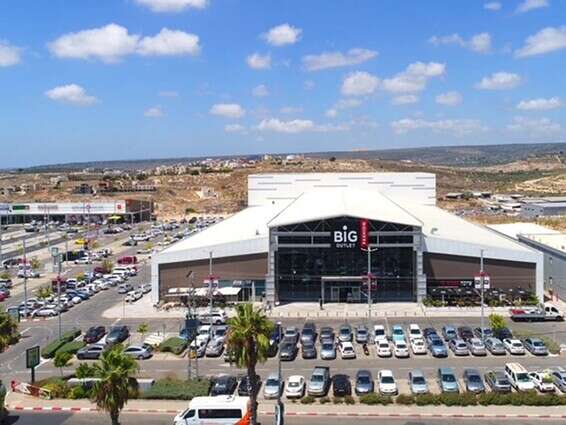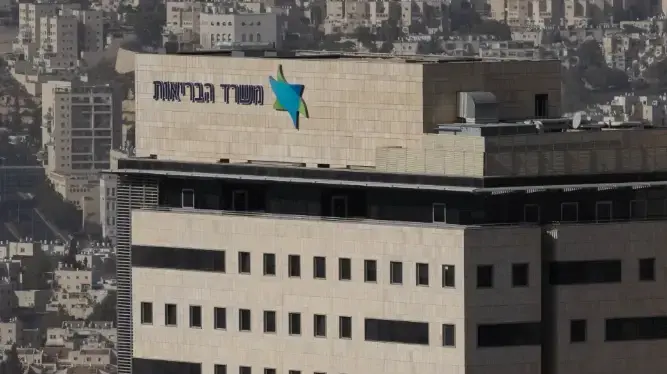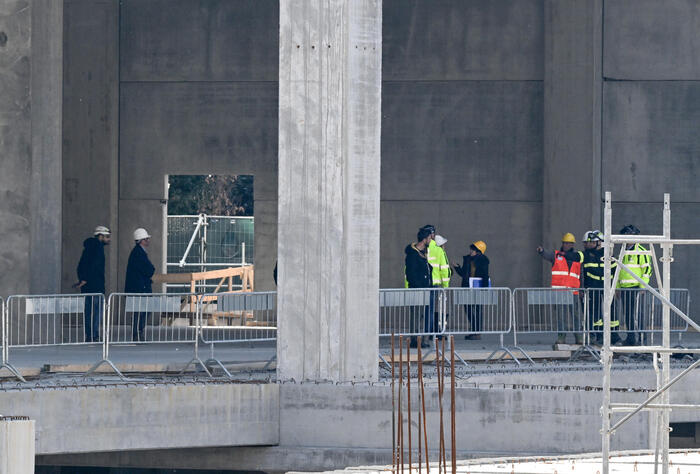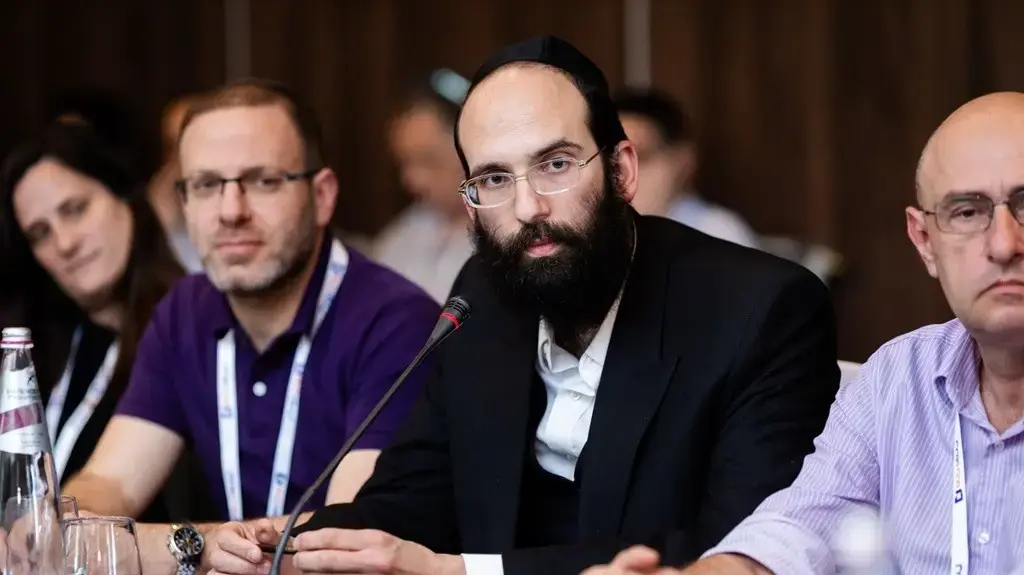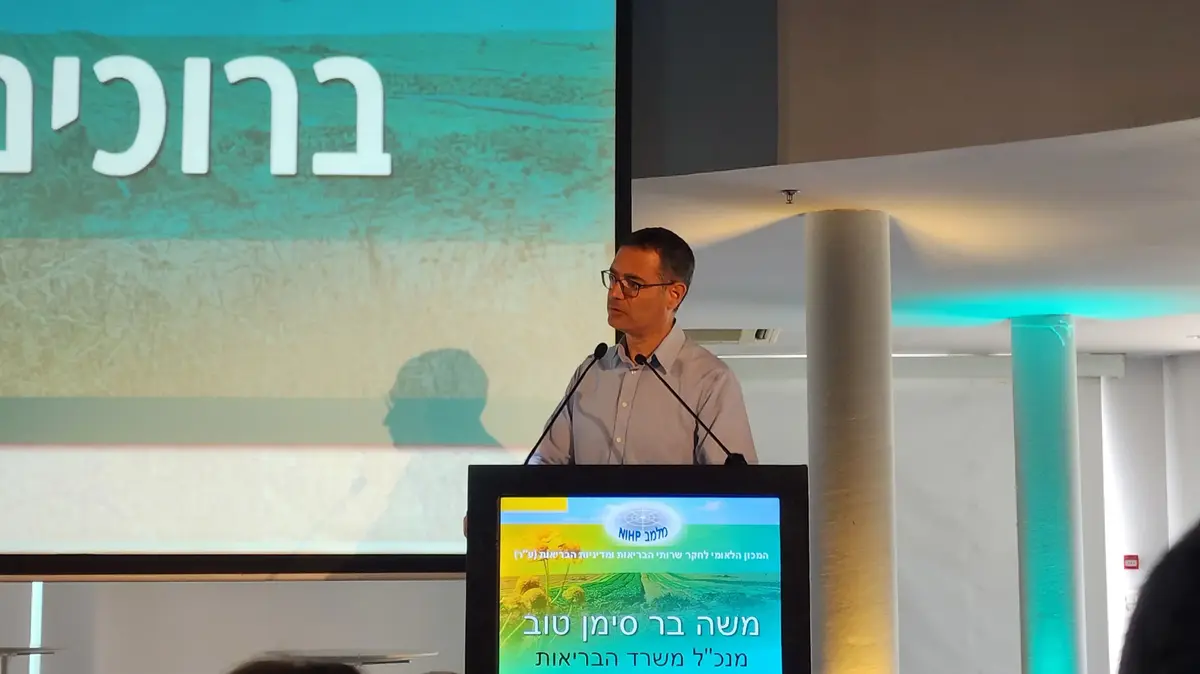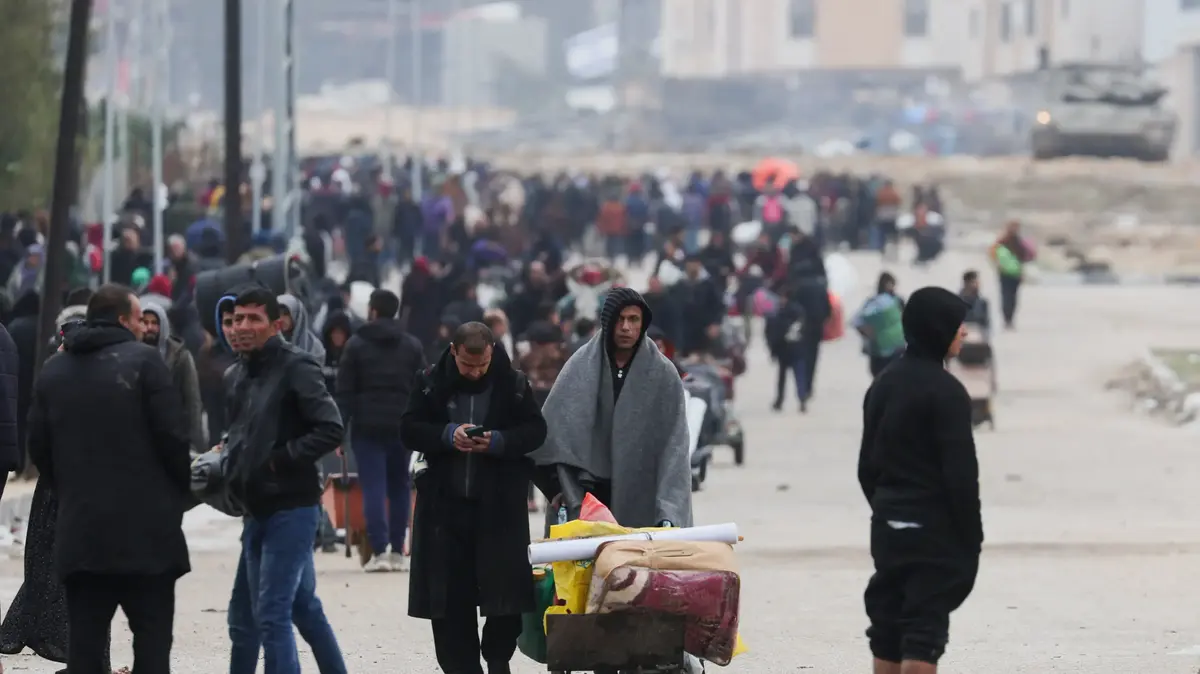How is construction regulated and economic success encouraged in Arab localities?
New study by the Institute of Geocartography
Real Estate Today (in Arabic). Success for the country and the sector
Photography:
Shatterstock
Produced by the Department of Special Supplements
The government extended for another year the five-year plan for Arab society (Resolution 922) and Bedouin society (Resolution 1480), which were due to end in December.
This is a NIS 15 billion plan, the implementation of which has run into problems, and to date, barely 3 billion of them have been used.
A new five-year economic plan will be formulated during 2021.
This week, it was decided to allocate NIS 316 million for the implementation of government decisions for the benefit of Arab society, of which NIS 275 million for the implementation of Resolution 922. This was after the Ministry of Construction and Housing in cooperation with the Ministry of Social Equality received approval from the Ministry of Finance.
"There is a crucial importance to regulating construction, promoting planning and development in the Arab sector," said Minister of Construction and Housing Itzik Cohen.
"This is a significant success for the sector and for the State of Israel in general."
Talking real estate with Ofer Petersburg. Listen to the new podcast >>
Much of the relief concerns housing issues and comparing conditions with the Jewish sector in dealing with the growing population: preparing city building plans, promoting detailed planning, infrastructure for new neighborhoods, marketing land and starting construction and marketing.
The main problem is in investing in infrastructure, so it was decided to add another NIS 1.7 billion from the Ministries of Transportation and Education to the needs of transportation infrastructure and education programs.
Five more Arab cities will be defined as strategic localities, beyond the ten current large localities, which require greater planning and development, and will therefore receive increased budgets.
The marketing limit of 500 new housing units for receiving the budget will be reduced to 200 housing units, and there may even be an exemption from this condition.
A recent report by an inter-ministerial team led by the Ministry of Justice recommends, following the failures in the Arab sector, encouraging construction on private land, saturated construction up to four stories high and encouraging construction for rental purposes, as the government company has already begun renting an apartment.
Localities files
A recent study by the Geocartography Institute, led by Dr. Rina Degani, CEO, conducted in collaboration with Real Estate Today, states that it is not possible to build sufficient employment areas for economic balance in Arab localities without building clusters to succeed in providing better services to residents.
There are close to 1.9 million Arab residents in Israel, which is about 21% of the Israeli population, which in 2019 numbered about 9.05 million people.
The average growth rate in the last decade in the Arab population was about 2.4%, compared with about 1.81% among the Jewish population.
The growth rate of the Arab population is expected to decline significantly within about 20 years, and it will equal and even fall below the growth rate of the Jewish population.
According to the medium-term growth scenario of the Israeli population, the growth rate in Arab society is expected to decrease to about 1.4%, while the growth rate in the Jewish population will be about 1.8%.
Life expectancy in the Arab population will be very close to that of the Jewish population, according to the same forecast.
The age of a Jewish man will reach about 82.7 years and an Arab man about 82 years.
The Arab population in Israel is very scattered.
Dozens of localities number less than 30,000 residents, a high proportion of them number less than ten thousand residents.
7 cities have more than 30,000 inhabitants - Nazareth, Rahat, Umm al-Fahm, Shefar'am, Taibeh, Tamra and Sakhnin.
About 41% of the Arab population lives in the northern region, about 10% in the Central District, about 15% in the Southern District.
According to geocartography research, most Arab localities today are not economically successful and belong to the lower socio-economic deciles in Israel.
Expenditure per capita in Arab localities is low, and the authorities cannot offer a good level of services to the residents.
No classes for children, no cultural center, no medical centers.
The size of the localities and their economic situation created a situation of non-compliance with the minimum population threshold for the production of a mass of demand for employment areas and cultural services.
Many localities are located in close proximity to other Arab localities, in a way that justifies a shift to regional thinking in the contexts of these services.
How are you progressing?
In recent years, the state has invested a great deal of effort in promoting non-Jewish localities - promoting statutory plans, comprehensive outline plans, partial and specific plans, and government plans.
This is done through a series of lands, the transfer of managerial lands to localities for development, residential and employment purposes.
Under these conditions, the leaders of Arab society strive to strengthen the local economy, increase the self-income of the localities and improve the level of services they provide to the residents.
According to Dr. Degani, raising the economic level of the settlements will be done by increasing the income from income-producing real estate, industry, offices, commerce and entrepreneurship of the authority. Another way is to increase the income of households, by creating quality jobs and increasing the number of workers - men and women.
It is important to emphasize that there are large gaps between the Arab and Jewish populations in the context of the level of education and training and the nature of participation in the labor market.
The participation rate of men does not increase, and their wages are relatively low.
The participation rate of women in labor is still low.
These gaps are also due to cultural reasons.
Restrictions on the development of employment areas in Arab localities: the localities are small and most of them lack employment areas and economic anchors;
Private ownership of land;
Small localities and location with inferiority in accessibility contexts;
Lacking in regulated employment areas;
The residential areas have factories and workshops, which are a nuisance and a barrier to urban development.
These nuisances are required to be removed and relocated to employment areas;
Many businesses are not statutory and lack a business license;
The demand for the establishment of new factories and businesses is still relatively low;
High cost of infrastructure development;
A managerial challenge is required - managing a new industrial area and creating value for business owners.
It is important to note that a significant part of the restrictions mentioned above are also common to the Jewish localities in the same geographical area.
Geocartography has coordinated the many solutions that the State of Israel has implemented in recent years to promote Arab society, including:
Arranging land uses through comprehensive outline plans, for housing, employment, commerce, community and society institutions.
Allocation of very large areas in many localities, Rami lands were added to enable development.
Resolution 922 to promote programs in Arab localities.
Arranging buildings in excessive use.
Transfer of state land for the promotion of residential and employment areas.
Budgets for developing local or local plans.
A plan to establish a new Arab city in the Galilee, which can reach 100,000 residents.
Tourism development programs, employment areas and training programs.
Is it possible to implement the outline plans prepared and fill the employment areas in trade and employment?
Geocartography studies show that employment areas in Israel begin to rise when they have at least 70,000 square meters. Are there any in the Arab localities as a basis for expansion? It is very difficult to locate such areas.
The development of employment areas in the Arab cities requires understanding the size of the demand cake that the entire Galilee has today and from it internalizing the ability to strengthen the business sector in the Arab cities.
The following are some important key data in the context of the development of income-producing real estate in the northern region: In Israel, approximately 1.6 million square meters of employment are built per year.
In the districts of Haifa and the north, the annual demand is 300-350 thousand square meters for employment. In the districts of Acre and Haifa, for example, the annual demand for employment is about 150 thousand square meters.
In Haifa itself, less than 20,000 square meters are built for employment per year. In the Haifa metropolitan area, there are few modern employment centers, which include a mass of offices and high-tech.
Outline plans approved hundreds of percent more than the possible demand.
Everyone wants high-tech, but the annual rate of increase is less than 10,000 workers each year throughout the country.
Most of the demand for offices and high-tech will be directed to Matam Park, Haifa and Yokneam.
In the northern region the demand for office space is limited and there will probably be no demand for large volumes.
There are about 84,000 businesses in the Northern District and 66,000 businesses in the Haifa District, of which about 40,000 are businesses in the liberal professions.
Only about 17,000 are office consumers.
Only about 2,000 businesses employ more than 10 workers.
Economic promotion
Urban planning in Israel in general and the large number of small localities in Arab society in particular have led to a situation in which many local authorities find it difficult to produce accessible sources of income and employment.
The small Arab localities have a medium and low socio-economic ranking, which economically does not justify budgeting infrastructure for employment development.
Geocartography experience shows that even if employment areas are planned there, their realization is slow and limited mainly due to low demand.
This means that a new plan is needed today that will enable: a regional solution, including Jewish and Arab localities, that will encourage the development of new employment areas;
Distribution of income between localities;
Establishment of employment areas from joint clusters - 2 to 5 small localities together;
Expansion of existing employment areas;
Do not develop more new employment areas.
The implementation of economic promotion requires in each complex to examine which direction is more applicable - industry, commerce, services, or tourism-recreation.
Solutions tailored to the scope and type of demand and the level of supply availability are required.
Cooperation between authorities is required, government ministries are mobilized for support programs and resources are allocated.
The business market needs to be mobilized to establish new business ventures or expand existing ones.
The creation of a directorate for business support is required, a mechanism that has not yet been implemented in most Israeli authorities.
At the same time, it is important to raise the standard of living for residents by raising wages, which is the result of an improvement in the level of education.
An increase in the income level of households will increase the collection rates of property taxes in the locality.
Fewer households will receive discounts and exemption from property taxes.
The result is more revenue for the locality and an increase in the level of services.
success story
What is being done in the northern localities after all?
Where are the successes?
An excellent example can be found in the locality of Yarka, located in the heart of the localities of Abu Sanan, Kfar Yassif and Julis.
This is a Druze village, which in recent years has become a shopping power, built tier upon tier, and not as an orderly commercial center.
The trade in Yarka was developed by local entrepreneurs, who started small and developed greatly.
For example, two brothers who started a small family grocery store later set up a jeans factory.
When the partnership fell apart, one of the brothers set up a food factory and the other a large department store.
Big Outlet was established in partnership with a local family.
Another local entrepreneur has opened a store for baby products.
Along Route 8533 there is a diverse trade, with a number of separate commercial centers, which together constitute a commercial power, attracting customers from all over the country.
Produced by the Department of Special Supplements

